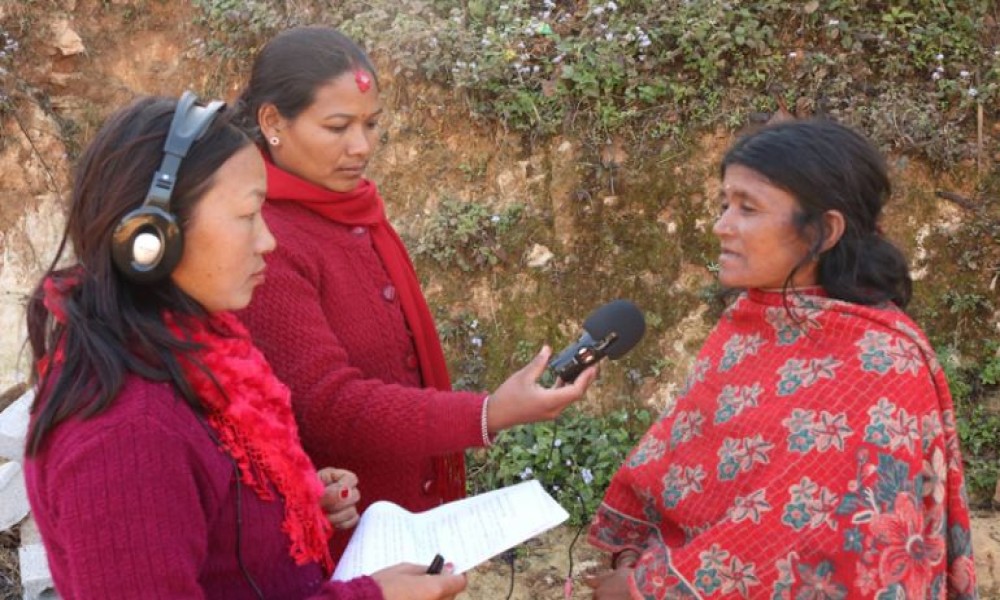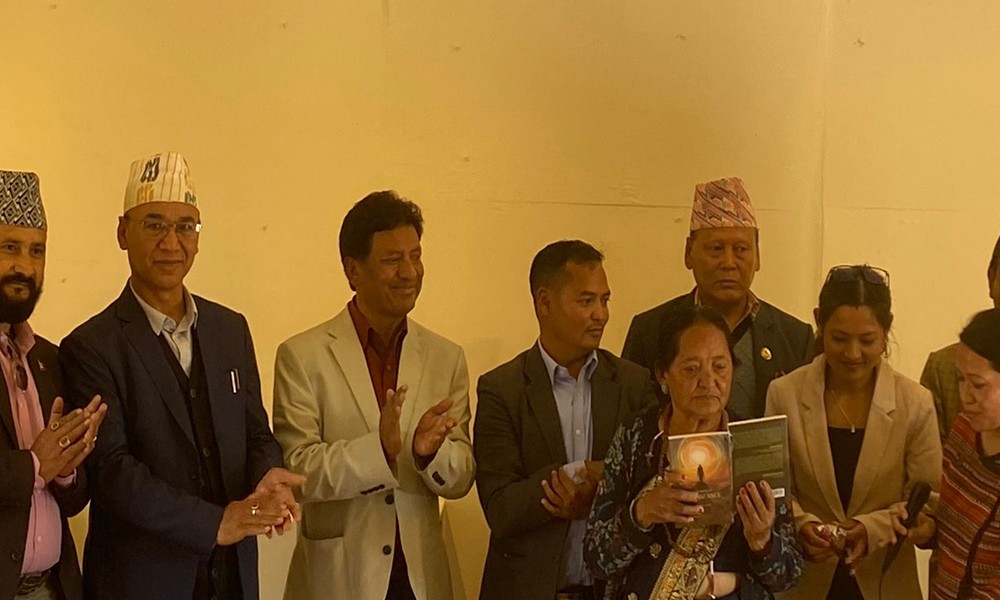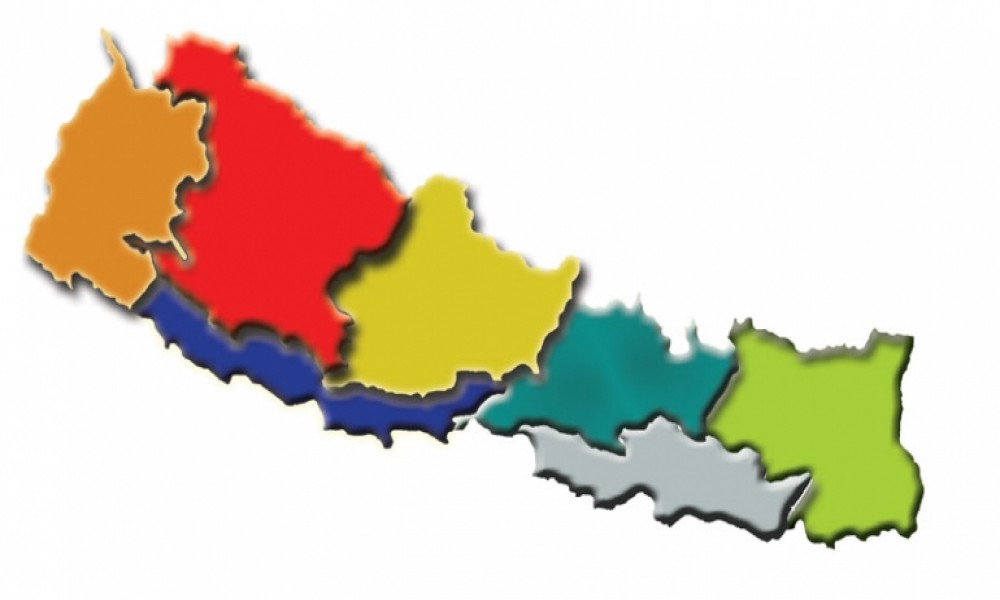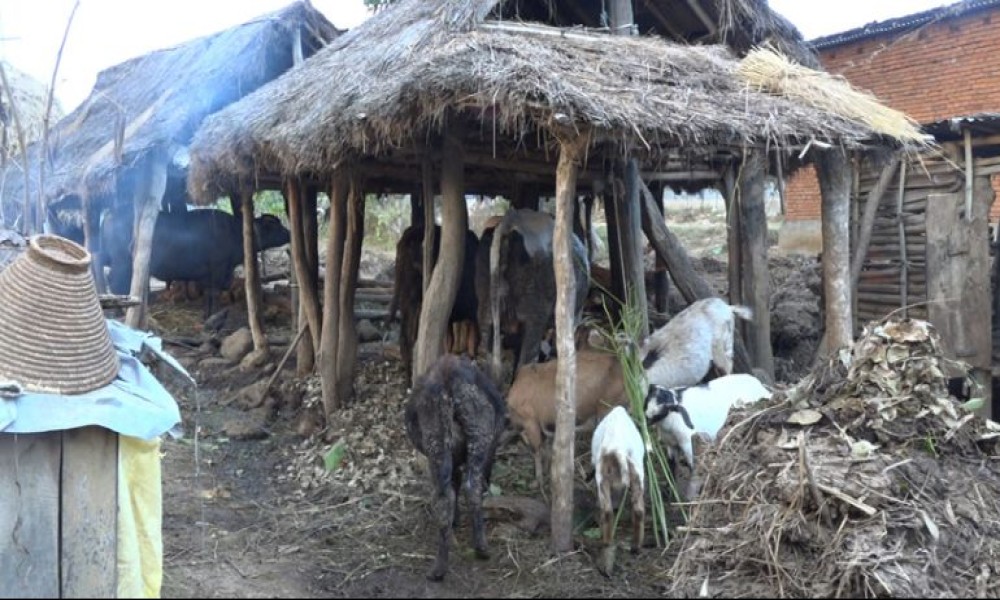Kabita Bahing Rai
Humanity has faced many threats to its existence, including deadly pandemics like Plague of Justinian in 541-542 AD and Black Death in 1347-1351 AD. Today, we are struggling to survive an equally threatening pandemic caused by the coronavirus.
The COVID-19 pandemic has impacted Nepal too, with 249 confirmed cases of infection as of 14 May.
Amidst a crisis like this, it would be absolutely necessary to serve common people with accurate and reliable information about how they can stay safe, what they need to do in case they have the disease, and how they can access essential services.
In a linguistically diverse country like Nepal, it is not easy to disseminate lifesaving messages to the entire population by using just one language, or just one medium.
But in a linguistically diverse country like Nepal, it is not easy to disseminate lifesaving messages to the entire population by using just one language, or just one medium. There is a widespread misconception that almost all Nepali people understand Nepali language. Therefore, important messages about the COVID-19 are being disseminated mostly in Nepali language. But many people belonging to indigenous communities do not understand Nepali language well, so they are being deprived of access to life-saving messages about the COVID-19.
Is is the State's responsibility to inform its citizens by constantly delivering factual information. But people are rather being misled by misinformation swirling through online news portals and social media. Even in the capital city of Kathmandu, people are still believing in rumours due to the lack of authentic information.
If Nepali-speaking people living in Kathmandu are misinformed and confused, you can imagine how ill-informed those who do not understand Nepali language might be in far-flung villages? Lack of authentic information can lead to confusion, anxiety and ill-preparedness. This is why many have mistaken alcohol as a potential cure against the COVID-19. They do not know that World Health Organisation (WHO) has not recommended any medicine against the COVID-19, so they are trusting home remedy.
News, Public Service Announcements (PSAs) and messages about the COVID-19 have been mostly in Nepali and English language, which fail to serve its purpose of raising awareness among people who speak their own mother tongues.
News, Public Service Announcements (PSAs) and messages about the COVID-19 have been mostly in Nepali and English language, which fail to serve its purpose of raising awareness among people who speak their own mother tongues. Effectiveness of mother tongue in informing and educating people is a proven fact. The United Nations Educational, Scientific and Cultural Organisation (UNESCO) has repeatedly stated that the use of mother tongues is important to educating people.
The fact that spoken language is quiet different than written language also makes it difficult for mother tongue-speaking people to understand the message in Nepali language. Kulung activist Indra Kulung says: "In Mahakulung of Solukhumbu district, people do not understand Khas-Nepali language. Khas-Nepali language is not understood well in the Terai, far-western region and high mountains either. So it would be wrong to assume that messages prepared in Nepali reach people all across the country."
Due to lack of information, mother tongue-speaking people may be deprived of relief, health services and other emergency services. This might lead to further marginalisation of the already marginalised indigenous communities.
He adds: "Due to lack of information, mother tongue-speaking people may be deprived of relief, health services and other emergency services. This might lead to further marginalisation of the already marginalised indigenous communities."
Bahing Kirant activist Dhiren Sustocha Bahing says: "In order to inform marginalised and deprived people, it would be important to prepare text, visual, audio and sign messages in their own languages. There is no alternative to the use of mother tongues in delivering critical messages."
Some activists and organisations have proactively produced messages about the COVID-19 in mother tongues. Indigenous Television has produced PSAs in as many as 17 mother tongues, which have been disseminated through television, community radio stations, YouTube channels.
But this is not enough, and large-scale efforts have to be taken at the government level to ensure that all Nepali people -- irrespective of what language they speak or where they live -- receive important messages and information about the COVID-19.
(Kabita Bahing Rai is a feminist. This is an unofficial, summarised translation of her long article originally published in www.sailungonline.com. She can be reached at https://twitter.com/KabitaBahing









